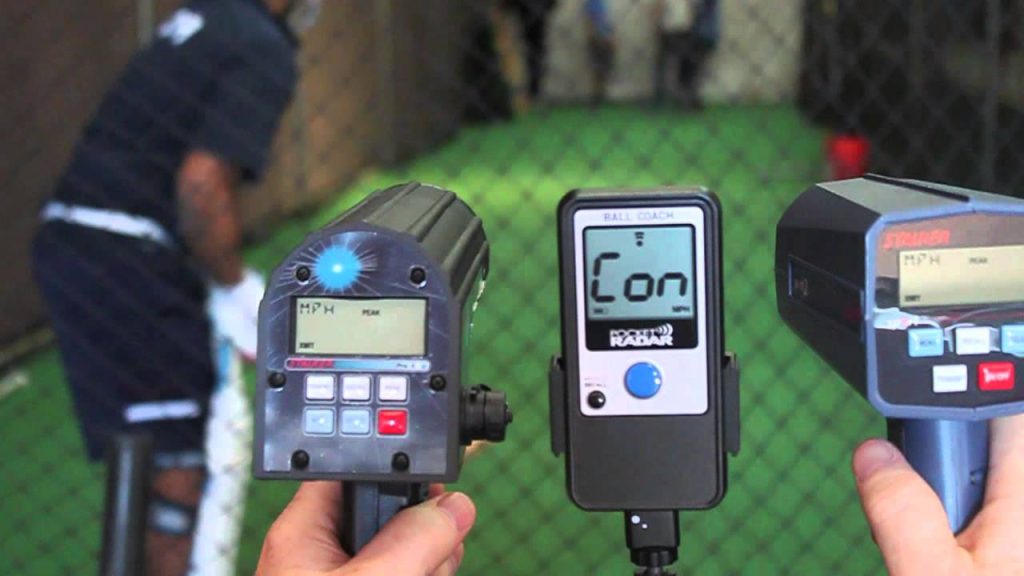In the world of international cricket, the speed at which a bowler delivers the ball to the batsman is a crucial aspect of the game. Fast bowlers, in particular, rely on their pace to intimidate batsmen and take wickets. But how is bowling speed measured in international cricket matches? Let’s explore the fascinating technology and techniques used to calculate this critical metric.
The primary method for measuring bowling speed in international cricket is through the use of radar guns. These devices emit microwaves that analyze the trajectory of the ball through the air. The radar gun is placed on a high pillar near the sight screen, behind the bowler’s arm. It sends a radio wave in the direction of the pitch, tracking the speed of the ball as it is bowled. The information obtained by the radar gun is then processed using image processing software, which identifies the ball among other objects on the pitch and displays the speed of the ball.
Radar guns are highly accurate in measuring the speed of the ball, as they can differentiate between the ball and other objects on the pitch. This technology was first used in cricket in 1999 and has since become an essential tool for measuring bowling speed in international matches.
Another technology used to measure bowling speed is the Hawk-Eye system. This technique uses six cameras to track the speed and direction of the ball. It calculates the data to track the ball’s path from the moment it leaves the bowler’s hand until it stops. The Hawk-Eye system then displays the information about the speed and direction of the ball in a 3D format. This technology not only provides accurate speed measurements but also helps the third umpire make decisions related to LBW (Leg Before Wicket) by providing information about whether the ball was in line with the stumps when it hit the batsman’s pad.
The fastest-ever ball recorded in international cricket was bowled by Pakistan’s Shoaib Akhtar, who hit a stunning speed of 161.3 km/h in the ICC World Cup 2003 game against England. This record has yet to be broken by any bowler in the last 20 years or more.

